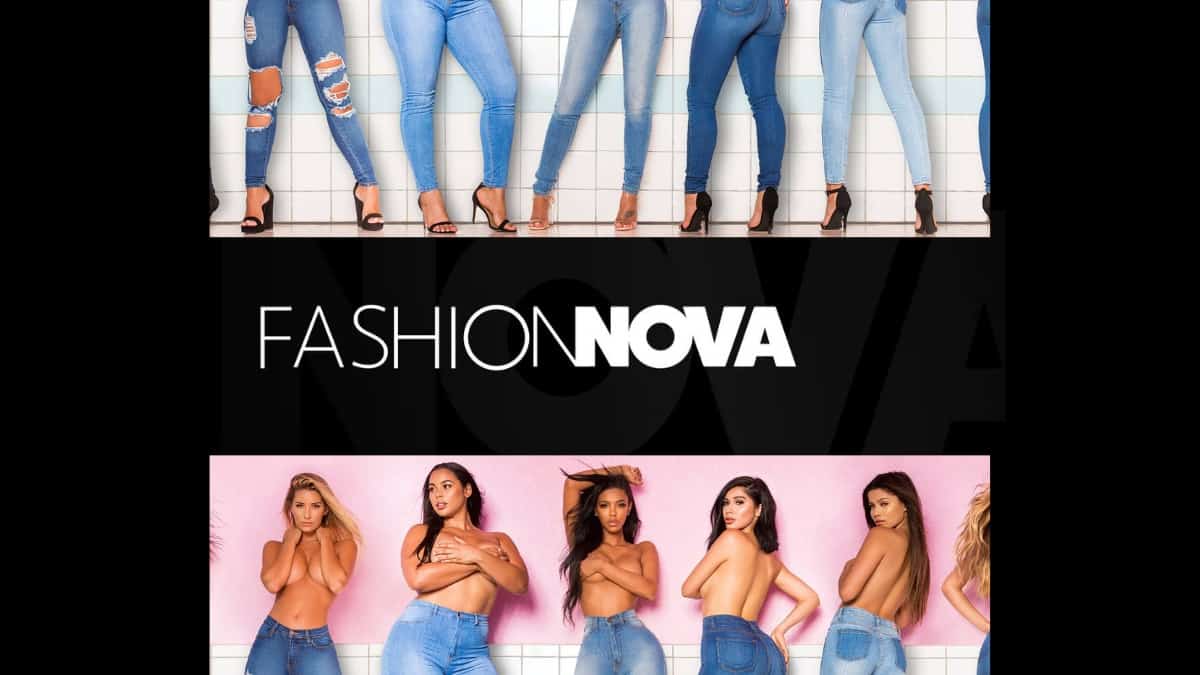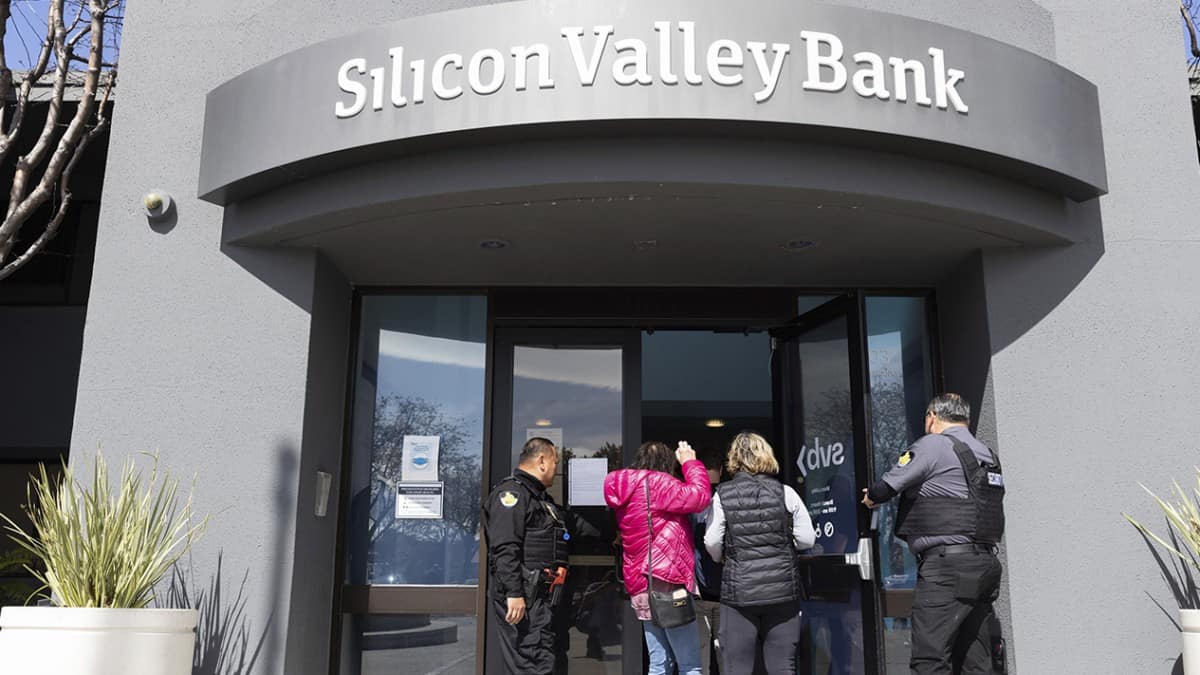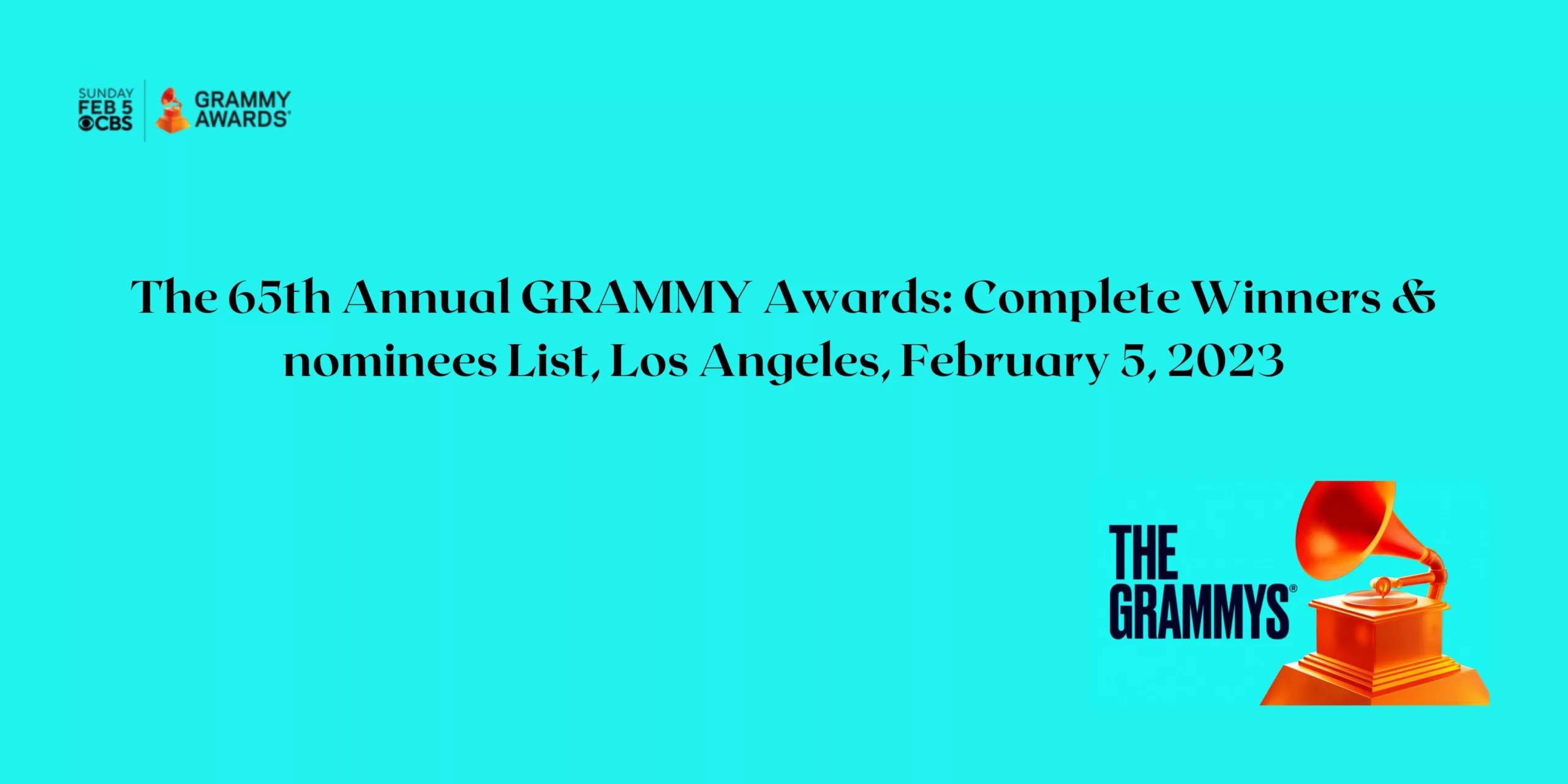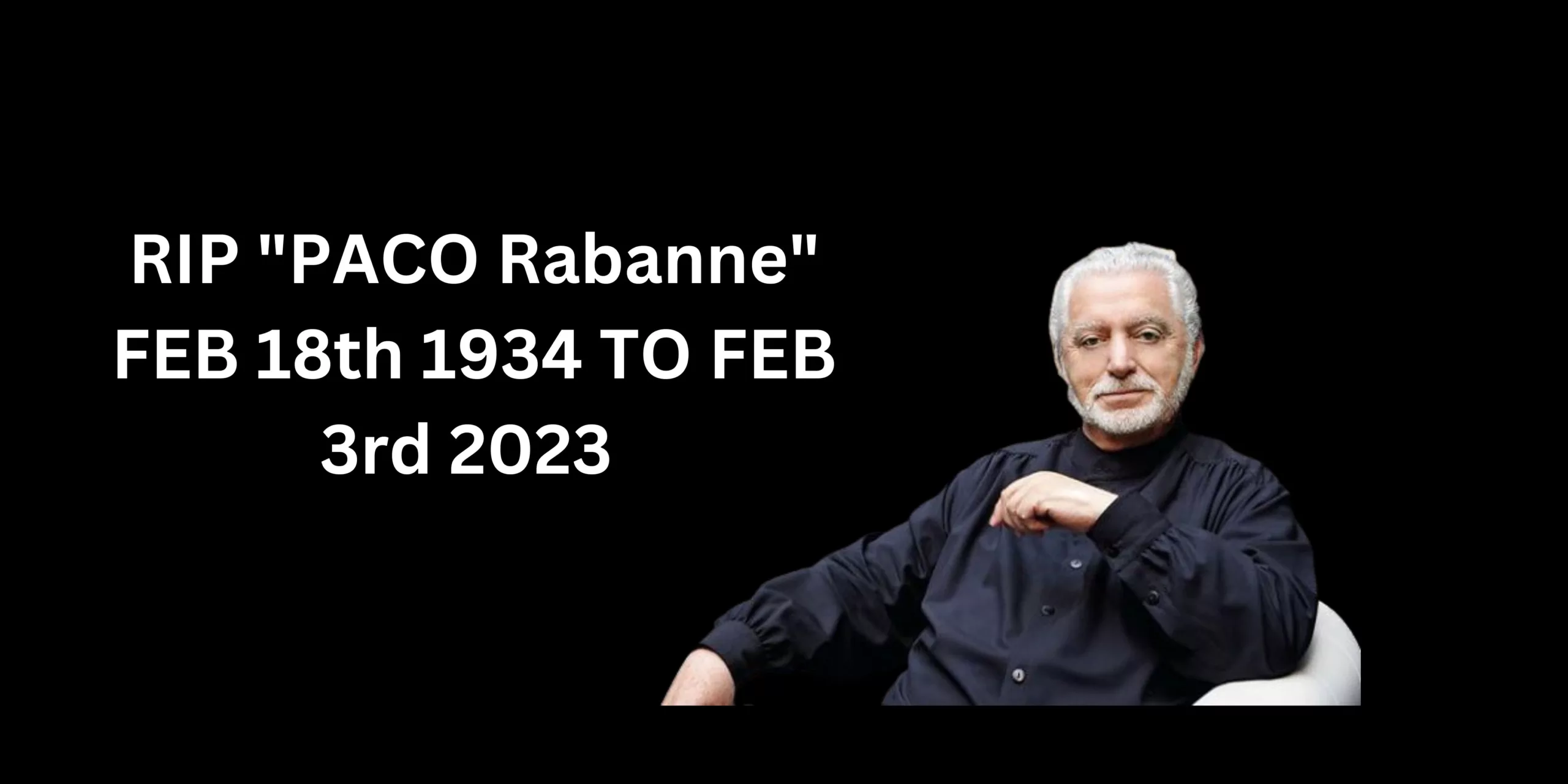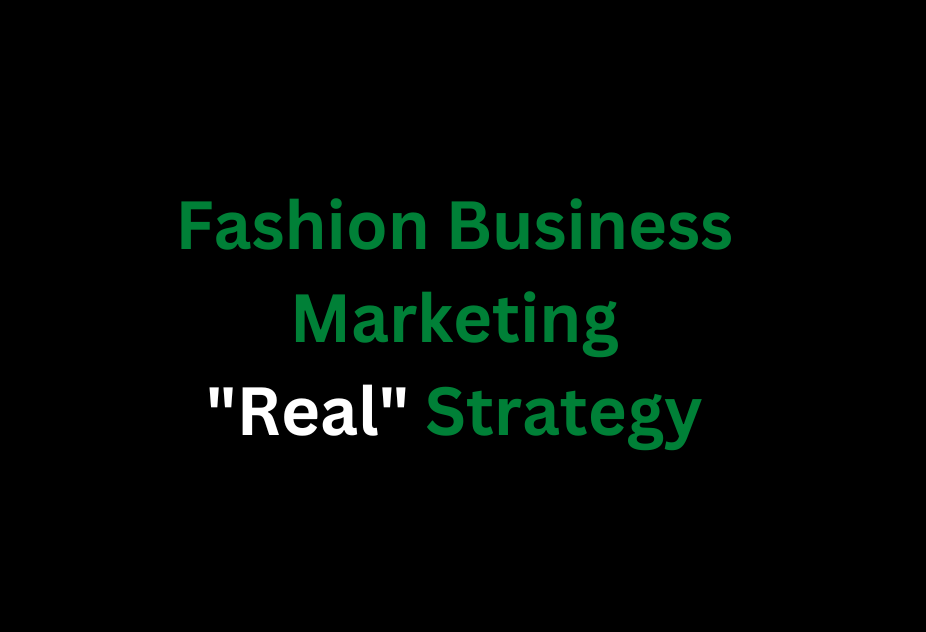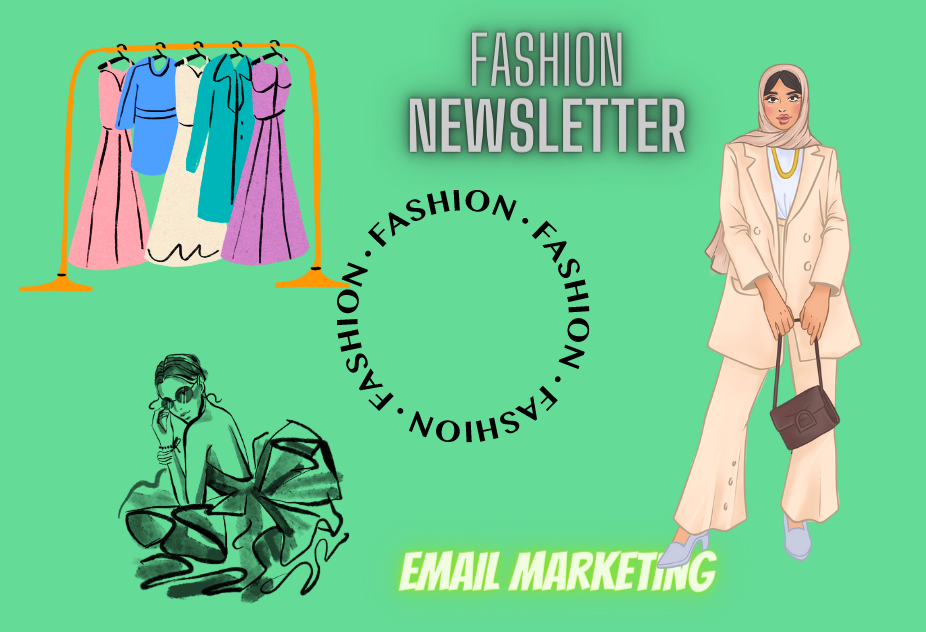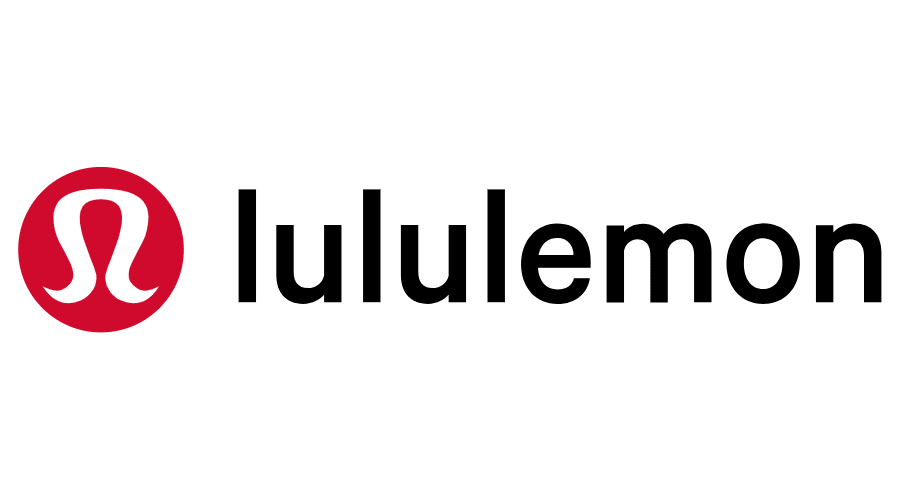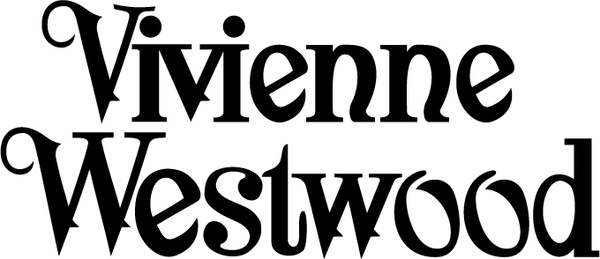
How To Target Gen-Z With a Marketing Strategy?
Today Gen Z or Generation Z is a worldwide topic because this generation will capture the market by becoming consumers and sellers, and it is 100% likely that millennials and Gen X will have to collaborate for co-existence.
This blog is not material to target any generation or a way to defame any mindset. However, consider this blog as strategic information to launch your marketing campaign to sell your product to Gen-Z or Generation-Z.
This blog is based on various research on Gen Z, from organizations like;
- Berkeley
- Pew Research
- Nokia
- Deloitte
- Stanford
- Sea Open Research
- Research Gate
- Inside Intelligence
And many more!
Let’s toast it!
First, let’s understand who is Gen Z.
Individuals born between 1997 to 2012 are the Gen Z.
Why do we call them Gen Z?
Because they are the first generation to have grown up with the internet, social media, and smartphones as part of their vitamins, food, and workout.
Gen Z is growing and the most important concern is how to get noticed by Gen Z? because organizations can’t rely on a single source platform or personality to target them, as this generation is changing it is a choice, trend, and desire overnight.
Remember that you can’t multiply your sales if your target is Gen Z, but the marketing pipeline is designed for millennials. The traditional rule of local digital marketing is no longer a powerful weapon to achieve results, as it has been updated with Data Science to understand consumer behaviors. However, if your entire consumer base consists of Gen Z, then with data science your entire strategy needs an update.
Soon the labor sector will be filled with Gen Z and employers need to be prepared to welcome the arrival of this generation, not just the transactional environment but the entire industry will get a massive update in terms of marketing engine, persona type, tech type and of course the big change in workforce environment.
In marketing, the marketing fraternity needs to update the target method, and strategy and keep in mind that this generation will come with three categories Primary, Secondary, and tertiary.
Here are the characteristics of Gen Z that can be targeted in the marketing strategy.
Gen Z Anxiety & Depression:
According to the Berkeley research, Gen Z is significantly more likely to report their mental health as fair or poor as compared with all other generations, according to the shared statistics;
- 25% of Gen Z will have self-confidence issues,
- 60% of Gen Z around the world and 85% of Gen Z in the United States of America say that stress prevents them from taking on leadership responsibilities,
- 73% of Gen Z will require more emotional support in the early stage of life,
This behavior is a side effect of limited or no credit in personal and professional growth, not being recognized within one’s circle, a lack of attention, or a hunger for attention and competition in society.
Opportunity:
Building relationship:
Organizations and stakeholders can easily target this behavior by offering counter services and delivering messages in the campaign that “You can become 1% with us” and “Your half is us”. Businesses can position themselves as allies in the journey toward personal and professional growth. Crafting messages like “Empower Your Confidence,” “Stress-Free Leadership,” and “Emotional Wellness Partnerships” can resonate with Gen Z, fostering a connection that goes beyond products or services and aligns with their unique needs and aspirations.
- Branding Partnerships: Collaborate with mental health influencers and advocates to endorse products or services, creating a positive association with well-being and confidence.
- Wellness Product Lines: Develop and market products specifically designed to address stress management and emotional well-being, providing tangible solutions for Gen Z’s challenges.
- Educational Campaigns: Launch campaigns that educate Gen Z on the importance of mental health, positioning your brand as a supporter of their growth journey.
- Subscription Services: Introduce subscription-based models for services that offer continuous support, emphasizing the idea that ongoing assistance contributes to long-term mental well-being.
- Tech Solutions: Develop apps or digital platforms that provide personalized tools for stress reduction, confidence-building, and emotional support, catering to Gen Z’s affinity for technology.
With these marketing strategies, businesses can not only address the unique needs of Gen Z but also cultivate a profitable and enduring relationship with this demographic.
FOMO:
FOMO, or Fear of Missing Out, is a subjective issue experienced by every generation, not just Gen Z. It aligns with every generation, and in India, it is a prime driver of profitability in the sales market. However, with Gen Z, FOMO anxiety is at a higher level than any other generational group.
Opportunity:
Limited or Periodic offer:
In business, the offer has become a Unique Selling Proposition (USP) for some companies such as Big Bazaar, More Store, Reliance Retail, Super 99, and Hyper Market. Millennials prefer to shop at these markets to save money on everyday groceries or during special occasions. However, the increase in sales is typically for a limited period in such markets.
On the other hand, B2B or D2C brands play with a minimum margin and maximum production strategy. Hence, high growth in sales is mandatory, and to beat the competition, stakeholders are even ready to sacrifice the profit margin because it helps ensure brand stability and long-term profitability.
Offer outline:
- Get before the local market
- Become first in your group
- 45% discount buy before the mid-night
- Top 10 buyers will get ABC-XYZ
- Chance to get featured in the social media account of the brand
- Opportunity to meet KHAN-KAPOOR-KUMAR, etc
- Only 10 orders will be processed
- The selected # will get ABC-XYZ
- Selected reviews will receive ABC-XYZ
- Selected Instagram followers will get ABC-XYZ
- Tag your picture and the selected picture will get ABC-XYZ
These are a few examples, according to situation and trend offers can become more attractive and effective.
According to the Economic Times, ET-Telecom, Apple iPhone sales crossed 1.5 million units in the first week of the festive season
Group & Fan-Club Follower:
Hate & Love:
A self-constructed agenda, a self-formulated biased opinion, showing love for someone by harboring hatred for another identity or popularity.
Take an example from this dialectical conversation;
Phase 1
Aman: Hey bro, Howdy?
Adi: Cool, Let’s go for a movie tonight.
Aman: Yeah cool! Booking Jawan tickets
Adi: OK!
Phase 2
Adi: Hey bro, Howdy?
Aman: Cool, let’s go for a movie tonight.
Adi: Yeah cool! Booking Tiger 3 tickets
Aman: Ok.
Phase 3:
Aman: Hey jawan crossed 1k crores worldwide
Adi: No I don’t think
Aman: Why
Adi: SRK is a flop actor
Aman: SELMON BHOI crossed the 400-word mark, and all his movies are flopping at the box office.
NOTE: Till now this discussion is based on social media or internet-manufactured opinion
Phase 4:
Adi: SRK is Hakla
Aman: Selmon is a criminal and womanizer
Adi: SRK promotes nepotism, and he is a drug-addicted father, check Z-news
Aman: Bhoi killed Sushant Singh Rajput or he is behind it, check Republic Bharat News
Adi: His daughter is ugly
Aman: selmon killed people roadside and animals, Being Huma is fake.
NOTE: Now, this entire discussion is based on personal opinions and is meant to support his star
Opportunity:
Survey method:
In business, your product must have a persona, which should align with the likes and dislikes of the buyer. With Gen Z, it’s crucial to keep it straightforward without unnecessary experimentation.
For example, if your product focuses on men’s fitness and grooming, follow an ideal that embodies the image of strength. In the early period, the image was everything, and brands used to hire brand ambassadors based on positive societal perceptions. However, in Gen Z, even a person with a criminal record can become a brand ambassador if they qualify for the product category.
Gen Z loves to follow stars, celebrities, actors, and stand-up comedians.
- Your campaign should follow the same category of persons,
- Target groups,
- launch a competitive campaign,
- launch trends and challenges based on the top followed person, on Twitter, Instagram, and shot videos platforms,
- Ask to contribute, and support your favorite star or celebrity,
- Promote user-generated content with aligned criteria that follow the interest,
Virtual World Engagement:
Tier 1 Gen Z:
In a recent study by NOKIA, the organization found that the Metaverse and virtualization are revolutionary ways to communicate and interact among Gen Z. Stakeholders and businesses should concentrate on virtual advertising spaces like the Metaverse. This strategy will assist in targeting tier 1 consumers who are ready to buy and pay any amount. For instance, NIKE’s sports brand sold shoes in the Metaverse worth 185 million dollars (a virtual product).
The Gen Z behavior with Metaverse and Virtualization is growing with modern tech and also due to real-world insecurity and anxiety of social judgmental nature;
Opportunity:
Virtual brand identity:
Gen Z wants a virtual environment that is different and unique from actual or real-life society. Hence, they may require different ways to identify the same real-life brand in a virtual or metaverse environment.
Stakeholders and businesses should create virtual branding in a metaverse environment and focus on interacting with the below method:
Create Immersive and vibrant Experiences:
- Develop virtual experiences that captivate and engage users in the metaverse.
- Leverage virtual reality (VR) and augmented reality (AR) technologies to enhance user interaction.
Virtual Branding Presence:
- Establish a strong and recognizable virtual branding presence.
- Design virtual spaces that align with the brand’s identity and values.
Gen Z relatable Content:
- Develop to-the-point content that encourages user participation.
- Not boring but use gamified experiences to enhance user involvement and create memorable interactions.
Social Engagement:
- Leverage social platforms within the metaverse for brand promotion for creating awareness.
- Encourage user-generated content and facilitate social interactions among users.
Personalization in Virtual Spaces:
- Implement personalized experiences based on user preferences.
- Use data analytics to tailor virtual spaces and offerings to individual users.
Collaborations, Partnerships, and affiliate:
- Collaborate with other brands and influencers within the metaverse.
- Participate in virtual events and build partnerships to expand reach.
Virtual Commerce Integration:
- Implement seamless e-commerce solutions within the virtual environment.
- Enable users to make virtual purchases and interact with products in a lifelike manner.
Community Building:
- Foster a sense of community within the virtual space.
- Create forums, groups, or communities where users can connect and share experiences.
Innovative Advertising Formats:
- Explore novel advertising formats that align with the virtual environment.
- Consider immersive ads, product placements, and interactive ad experiences.
Accessibility and Inclusivity:
- Ensure virtual experiences are accessible to a diverse audience and collect data.
- Consider inclusivity features to accommodate users with varying preferences and needs.
Cross-Platform Integration:
- Integrate virtual experiences seamlessly with other digital platforms.
- Create a cohesive brand presence across both virtual and traditional channels.
Educational Initiatives:
- Use virtual spaces for educational initiatives about the brand, products, or industry.
- Provide informative content that adds value to the user experience.
Tech-Savvy Customer Support:
- Offer tech-savvy customer support within the virtual environment.
- Use AI-driven chatbots or virtual assistants to enhance user assistance.
Data Privacy and Security:
- Prioritize data privacy and security measures within the virtual world, because insecurity is the main reason why Gen Z is switching to the virtual world.
- Communicate and assure users about the safety of their virtual interactions by a feedback method.
Conclusion:
To effectively reach Generation Z in the ever-evolving marketing world, companies must adopt a versatile strategy that aligns with their distinct attributes, actions, and desires. By recognizing and addressing core factors such as mental health, FOMO, group dynamics, and virtual involvement, businesses can develop powerful tactics that capture the attention of this influential generation. Building genuine connections, fostering a sense of importance, nurturing social connections, and embracing virtual platforms are all crucial components in effectively engaging with the unique preferences of Gen Z. Furthermore, staying in tune with their shifting interests and priorities is crucial for businesses to stay current and stand out in a competitive market.
By implementing creative and dynamic marketing strategies, tailoring individualized experiences, and showing a genuine dedication to nurturing the growth and goals of Generation Z, companies can tap into the immense potential of this socially aware and technology-driven group. This not only sets the foundation for long-term prosperity in our ever-evolving digital landscape but also establishes a meaningful connection with the next generation of consumers.
Faq
Why is it important to understand Gen Z's characteristics and behaviors?
Understanding Gen Z's Unique traits and behaviors is crucial for businesses to create marketing strategies that resonate with this demographic. By aligning messaging, experiences, and campaigns with their preferences and needs, companies can establish strong connections and foster brand loyalty.
How can businesses address Gen Z's anxiety and depression?
Businesses can address Gen Z's mental health challenges by positioning themselves as allies in their personal and professional growth journey. Crafting messages around confidence building, stress management, and emotional well-being can help create a positive association with the brand.
What is the importance of limited-time offers for Gen Z?
Limited-time offers play on Gen Z's fear of missing out (FOMO) and can be an effective way to drive sales and engagement. Creating a sense of urgency and exclusivity through time-sensitive deals and promotions can tap into their desire to be part of something
Why is it essential to understand Gen Z's group dynamics and fanbase?
Gen Z often forms strong attachments to specific individuals, groups, or fandoms. Understanding these dynamics allows businesses to leverage the influence of these communities and create campaigns that tap into existing interests and passions.
How can businesses engage Gen Z in virtual environments?
Engaging Gen Z in virtual environments requires creating immersive and vibrant experiences that align with the brand's identity. Leveraging technologies like VR, AR, and gamification can enhance user interaction and participation. Additionally, implementing seamless e-commerce solutions within virtual spaces can facilitate direct purchases and engagement with products.




